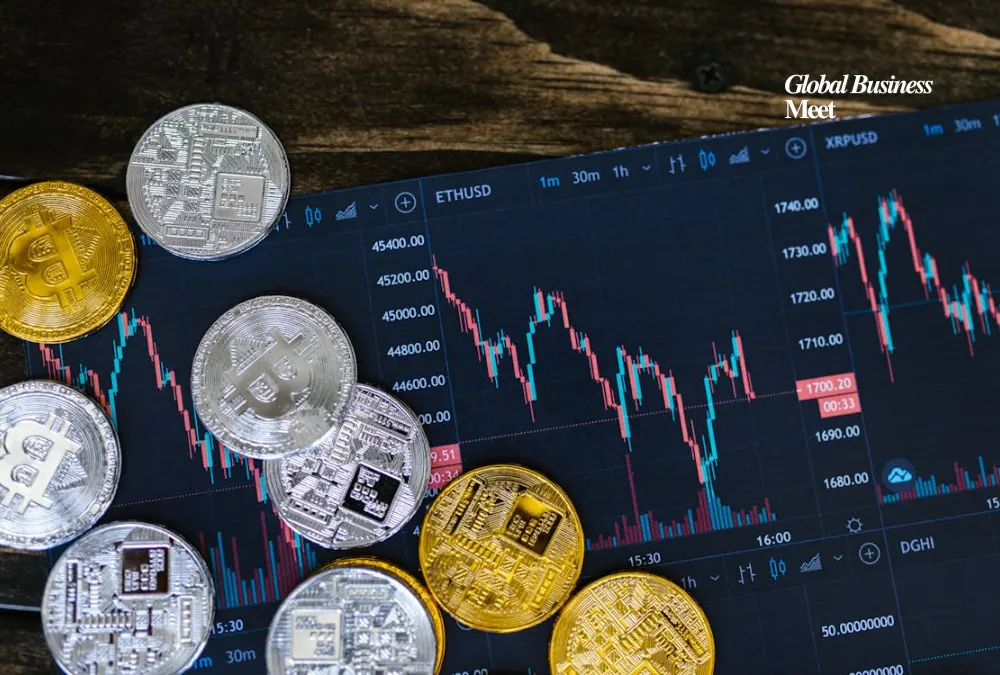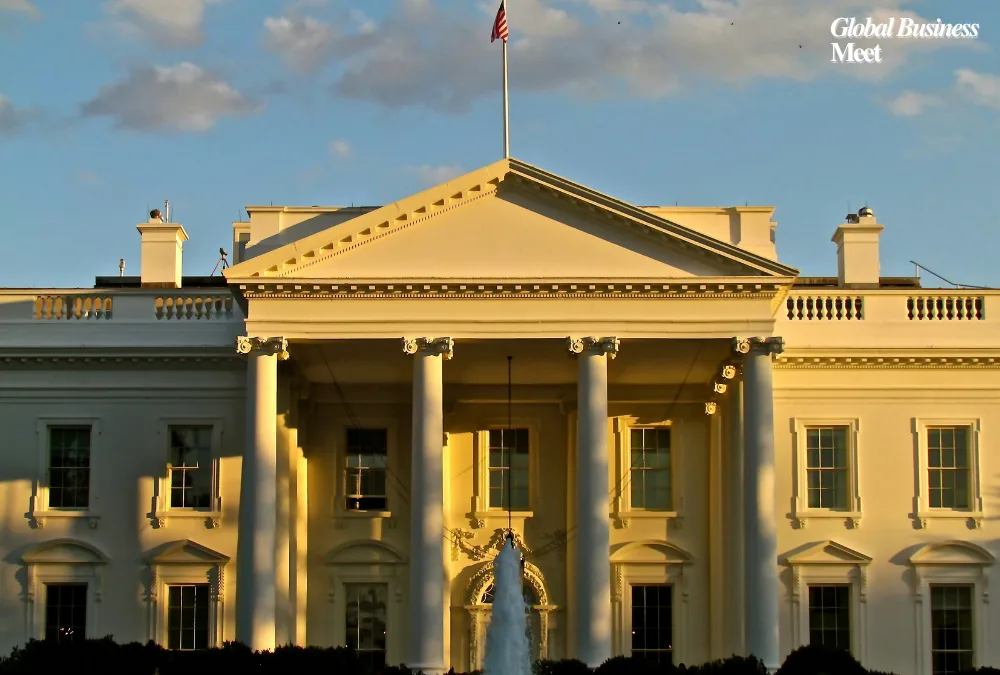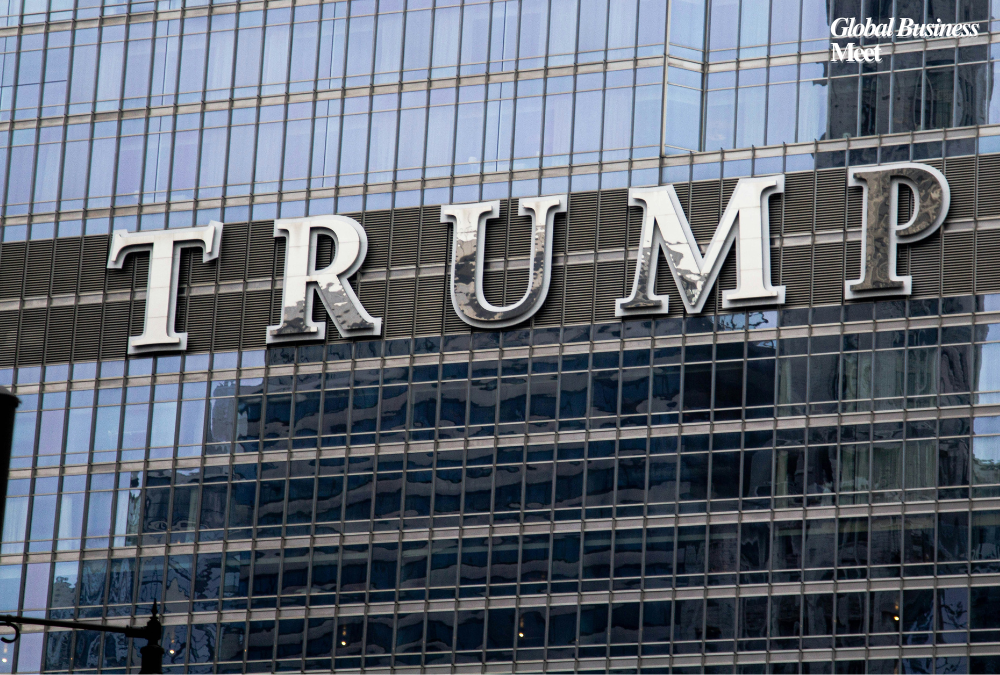
One major reason the crypto market still struggles to integrate with mainstream finance is that its value remains largely speculative. Unlike traditional stocks, cryptocurrencies cannot be evaluated using measurable indicators such as earnings or cash flow. Without tangible fundamentals, the market operates in a vacuum where billions of dollars can disappear overnight, often fueled by unchecked leverage and sentiment-driven trades.
Supporters of the industry argue that blockchain technology itself gives cryptocurrencies intrinsic value. Yet there is little concrete evidence that these innovations translate into consistent financial returns for tokenholders. This absence of quantifiable fundamentals often confuses investors crossing over from traditional finance. Tokens lack price-to-earnings ratios, supply chains, or physical assets, leaving sentiment as the dominant market force.
This is why the crypto market is often described as the purest reflection of free-market dynamics. Bitcoin may be the exception, with its limited supply and increasing institutional ownership, but most tokens remain driven by emotion and momentum. Their prices surge and crash based not on performance but on speculation, often amplified by online hype and herd behavior.
Trust, Entry, and Unrestrained Leverage
Even traditional equities sometimes trade at inflated valuations far above their intrinsic worth. Tech giants like Apple, Meta, and Nvidia have long maintained high valuations. However, these companies still have tangible business models, products, and revenues, elements that most digital assets fundamentally lack.
Despite these shortcomings, crypto continues to attract investors seeking outsized, life-changing returns. The market has grown too large to ignore, and stories of overnight millionaires dominate social media. Yet in this largely unregulated environment, impulsive decisions can lead to devastating losses.
One of the biggest culprits behind this volatility is leverage. While leverage exists in traditional finance, it is strictly regulated. Retail investors are generally limited to 2:1 leverage on equities, while forex and derivatives trading are reserved for licensed participants under close oversight.
In crypto, by contrast, retail traders can access 100x leverage or more directly on exchanges. This unrestrained exposure creates massive vulnerabilities. It triggers rapid liquidation cascades that can erase billions from the market in a matter of minutes.
When Leverage Builds a House of Cards
The dangers of excessive leverage were on full display during the liquidation waves at the end of September and the start of October 2025. In one instance, over $1.8 billion in leveraged positions vanished within a day; in another, $19 billion was wiped out in just a few hours. Though experts disagree on the exact cause of these crashes, one fact is undeniable: once sentiment shifted, leveraged long positions collapsed in a domino effect of forced liquidations.
A handful of seasoned traders may have profited from the volatility, but most investors were wiped out before they could react. In traditional finance, regulatory circuit breakers and margin controls limit such damage. In crypto, no such protections exist. When sentiment turns, overexposed positions fall like a house of cards, taking billions in market value with them.
The Road to Smarter Investing
Crypto has evolved rapidly over the past few years. Institutional participation is rising, and regulators worldwide are gradually building frameworks to balance innovation with risk mitigation. Yet the market still lacks the maturity and structure found in traditional financial systems.
Unlimited leverage, unrealistic expectations, and the entry of large institutional investors capable of moving markets with a single trade all highlight the urgent need for discipline. Investors must stop viewing crypto as a speculative playground and start treating it as a high-risk asset class that requires strategic thinking and risk management.
The early Bitcoin investors who achieved extraordinary success were likely more fortunate than strategic, and luck is not a sustainable investment model. Overconfidence and excessive leverage pose greater threats to the maturing industry than volatility itself.
For crypto to achieve long-term stability and credibility, it must embrace systematic discipline over speculation. Its future will be determined not by hype or sentiment but by structure, education, and sound risk management.
Opinion by: Lucas Kiely, CEO of Future Digital
Disclosure: This article is for informational purposes only and does not constitute legal or investment advice. The views expressed are solely those of the author and do not necessarily reflect those of Global Business Meet.


















































